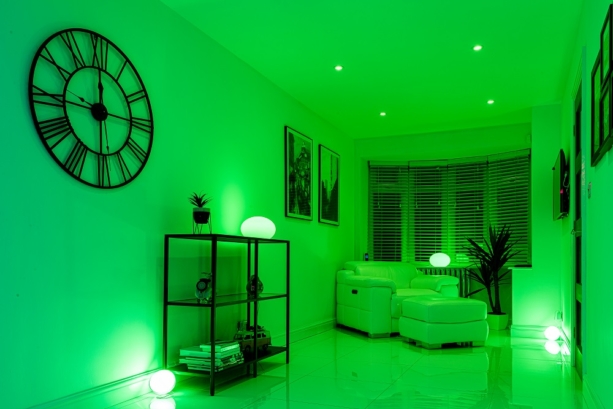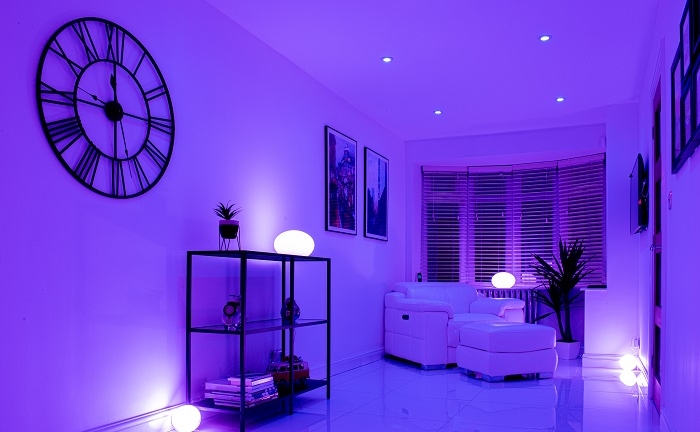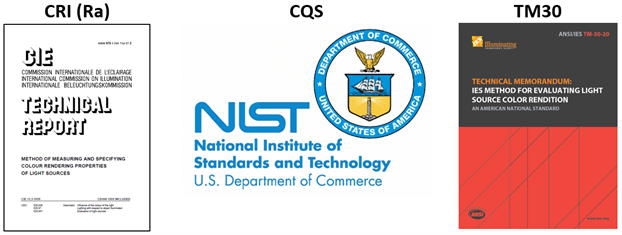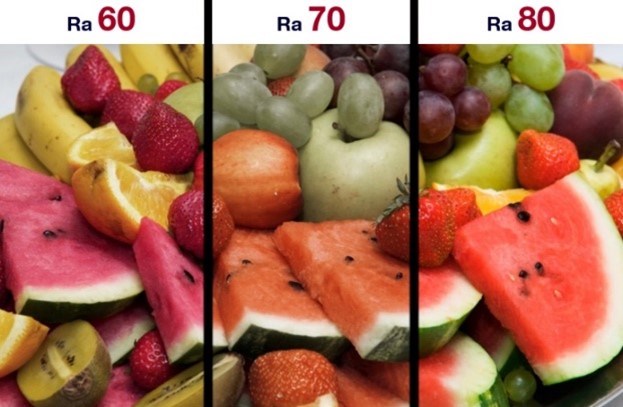
We are a leading manufacturer of quality internal and external lighting products for commercial, industrial and retail applications.
View all productsAt Ansell Lighting we design and manufacture an extensive range of luminaires for a diverse number of sectors and applications. Whatever the shape, purpose or style of your space, we have a lighting solution.
View all sectors & applicationsWe are a leading manufacturer of quality internal and external lighting products for commercial, industrial and retail applications.
Welcome to Ansell lightingWe are here to answer any questions you may have, help you find a stockist or speak to a local member of our team.
OCTO delivers the complete smart lighting package to transform the efficiency and ambience of commercial and residential spaces.
Find information regarding our product warranty, product data downloads and FAQs regarding lighting and technical terms. Here you will find support with training CPDs as well as useful lighting design and LED strip calculators.
Colour rendering – Colour Rendering Index (CRI)

INTRODUCTION TO COLOUR RENDERING
Colour conveys the information received through the eye, which provides a picture of what is seen by the observer in the world around them, and as part of that process, the colour rendering properties of electric light sources are important in conveying the true colour, or as near as possible, the true colour of the objects being viewed.
Before getting into the main topic of this editorial, it is relevant to say that the information contained is offered as part of a series of three editorials based upon the available metrics of measurement in how an electric light source renders the colours of an object being illuminated by it. This editorial considers the metric of firstly, that of Colour Rendering Index, in the second part, being that of Colour Quality Scale, and in the third part, being that of a metric commonly referred to as TM30.

COLOUR RENDERING INDEX
Having mentioned the words of colour rendering in the opening paragraph above, I suggest that before continuing any further, it is now time to offer some information extracted from the Commission Internationale de L’Eclairage (CIE), where Colour Rendering Index is defined as being the “effect of an illuminant on the colour appearance of objects by conscious or subconscious comparison with their colour appearance under a reference illuminant.”
This simplified meaning of the definition given above is that the Colour Rendering Index is a quantitative measure of the ability of an electric light source to accurately reproduce the colours of an object being illuminated by that light source. One important consideration to offer, is that Colour Rendering Index has nothing to do with ‘colour’ in that it does not indicate the apparent colour of the light source.
Having now provided the definition of Colour Rendering Index, the next consideration is that of how to measure CRI and the first point to get across is that it is a complicated process. One way of offering clarification of the comment is to provide some information, kindly provided by the ‘Rensselaer Polytechnic Institute’, which states that “CRI is calculated from the differences in the chromaticity of eight CIE standard colour samples (CIE 1995) when illuminated by a light source and by a reference illuminant of the same correlated colour temperature (CCT); the smaller the average difference in chromaticity, the higher the CRI. A CRI of 100 represents the maximum value. Lower CRI values indicate that some colours may appear unnatural when illuminated by the lamp. Incandescent lamps have a CRI above 95. Cool white fluorescent lamps have a CRI of 62, however fluorescent lamps containing rare-earth phosphors are available with CRI values of 80 and above.”
A more simplified answer is that CRI is calculated by testing 8 standard colour swatches selected by the International Commission on Illumination (CIE), where these swatches are illuminated under the light source and then compared to how they look under a light source with a perfect score. The colours are then scored using some very advanced maths, and the 8 results are averaged to achieve the CRI rating. This process is somewhat complicated, so instead, look for the CRI rating of the lamp or light source on the information panel on the packaging,
To help indicate how different colours appear under different light sources, the CIE devised a system which mathematically compares the accuracy of the light source colour being assessed to determine its colour consistency properties by using the CIE (1995) CRI method.

The most common used value of CRI is termed as being ‘Ra’, which is the General Colour Rendering Index average value of the first 8 indices of colour, given as R1 to R8, and it is a quantitative measure of the ability of a light source to reveal the true colours of various objects in comparison with a test light source, whereas the lesser-known, but more accurate value of CRI is that of extended CRI, which is termed as being ‘Re’, and uses the average value of R1 to R14, thus providing a more accurate measure of the colour rendering in that it compares more colours in the calculation process, however this editorial considers only ‘Ra’.
The range of possible values of Ra have a maximum value of 100, providing a value scale from 1 to 100, with the sun having a value of 100, in that it has the best colour rendering light quality, and where the lowest values represent that of a monochromatic light source, such as Low-Pressure Sodium, which was previously used for street lighting.
The relationship of Ra between the values of a light source is where, for example, a Ra value of 60 indicates average colour difference which is four times greater than a light source with a value of 90, however where there are small differences of value, that being less than around five points, where, for example, with values of 81 and 85, this may result in the difference between the light sources not being generally noticeable.
On the scale of the Ra Index, a light source, with a value of 90 to 100 is considered to be excellent, a value of 80 to 89 is considered to be acceptable for internal applications and 70 to 79 being considered acceptable for external applications. Light sources with a value below 60 represent very poor colour rendering and are generally no longer considered for use in illumination.

Before continuing, it might be a good time to just consider two different terms which relate to colour, briefly mentioned above, where the Colour Rendering Index, that being discussed in this editorial, is a way of how colours appear or are ‘rendered’ under different light sources, whereas another term, that of Correlated Colour Temperature, is defined as being the apparent colour of the light source and in its appearance with reference to its warmth or coolness, which is measured in degrees of Kelvin. Hopefully this has removed any confusion between the two terms.
An incandescent lamp is theoretically that of a black body radiator, therefore by definition, it has perfect colour rendering with an Colour Rendering Index (Ra) value of 100, however in doing so, it does not provide the optimum light source for the rendering of coloured objects, as incandescent lamps produces a warm light with a low Colour Temperature of around 2700K, which is towards the ‘red’ end of the electromagnetic spectrum, and the light is therefore deficient of light at the ‘blue’ end of the spectrum. At the other extreme, and within the natural world, the exterior northern sky during the hours of daylight also has Colour Rendering Index (Ra) value of 100, however it produces a cold light with a Colour Temperature of around 7500K, which is towards the ‘blue’ end of the electromagnetic spectrum and the light is therefore deficient of light at the ‘red’ end of the spectrum.
Even though, both light sources may have a CRI (Ra) value at or virtually at 100, neither light source provides the optimum solution for matching colour, and the conclusion from this is that the Colour Rendering Index value of a light source does not indicate the apparent colour of the light source, which is provided by the Correlated Colour Temperature (CCT).
To calculate the CRI (Ra) value for a light source, the 8 sample colour types are individually illuminated by the test source and then by the reference source, which practically is undertaken by simulation for each of the colour samples, and the resultant colour appearance produced is then evaluated with their colour appearance differences being calculated and converted into the ‘Ri’ value for that sample type, where ‘R’ is the rendering and ‘i’ the TCS number.
The 8 values are arithmetically averaged to give the general ‘Ra’ value and where lamps produce a small average colour shift as compared to that of the reference illuminant, these are said to exhibit excellent colour rendering properties and therefore have a high ‘Ra’ value, whereas those lamps which produce a significant average colour shift are deemed to have poor colour rendering properties and therefore have a low ‘Ra’ value.
In concluding, let’s consider this in more simplistic terms, of what is CRI. Put simply, the Colour Rendering Index or CRI is a measure of the ability of a light source to accurately reproduce the colours of the object(s) that it illuminates, and this is measured on a scale of 1-100, where the higher and closer to the maximum, the number, the more accurate the light source is at accurately reproducing the colours being illuminated and it also represents a convenient metric in being a single quantifiable number. The CRI measures and compares the reflected colour appearance under electric lighting of a specific colour temperature whereas natural light, such as natural daylight, a combination of sunlight & skylight, offers all of the colours within the visible spectrum, and where the colours can be seen as white with the colour of an object being determined by the colours that it reflects.
You Might Also Be Interested In...

